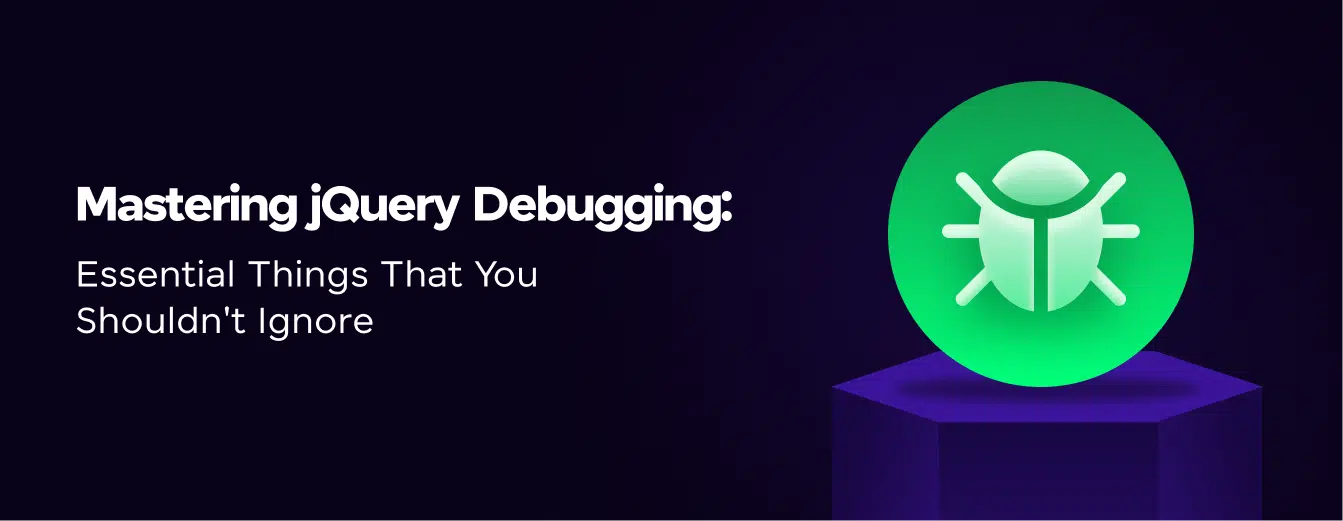
What is DOM manipulation? Common Tasks and Elements [2024]
Mar 22, 2024 3 Min Read 1430 Views
(Last Updated)
DOM (Document Object Model) manipulation is a very important concept in web development which is a key feature of JavaScript. DOM manipulation is widely used while creating web applications. It helps developers to interact with and modify the structure, style, and content of web pages. If you’re someone who has no idea about DOM manipulation, this blog will help you clear your concepts.
In this blog, we’ll be going through the fundamentals of DOM manipulation in JavaScript, common tasks, and elements in it. With the help of DOM, we can easily create web applications that update the data on a web page without refreshing it.
Let’s get started:
Table of contents
- What is DOM Manipulation?
- Common tasks in DOM manipulation include:
- Elements in DOM Manipulation
- Conclusion
- FAQs
- How does DOM manipulation work?
- What is DOM and why it is used?
- What is DOM JavaScript for example?
What is DOM Manipulation?
The DOM is a programming interface for web documents. You can change the document structure, style, and content. DOM (Document Object Model) manipulation in JavaScript is a tree-like structure representing the relationship between various HTML elements. Each HTML element has its unique properties and methods.
DOM Manipulation is the process where the DOM API interacts to change/modify an HTML document displayed in a web browser. It is a common concept in web development where JavaScript is used to add, remove, and modify elements of a website.
Also Read: How to Master DOM in Selenium for Beginners
Common tasks in DOM manipulation include:

- Selecting Elements:
- You can use methods like
getElementById,getElementsByClassName,getElementsByTagName,querySelector, andquerySelectorAllto select one or multiple elements from the DOM.
var elementById = document.getElementById('myElement'); var elementsByClass = document.getElementsByClassName('myClass'); - You can use methods like
- Modifying Content:
- You can change the content of an element, including text and HTML, using properties like
innerHTMLortextContent.
elementById.innerHTML = 'New content'; - You can change the content of an element, including text and HTML, using properties like
- Modifying Attributes:
- You can change attributes of HTML elements using methods like
setAttributeandremoveAttribute.
elementById.setAttribute('class', 'newClass'); elementById.removeAttribute('id'); - You can change attributes of HTML elements using methods like
- Creating and Appending Elements:
- You can create new HTML elements dynamically and append them to the DOM.
var newElement = document.createElement('div'); newElement.textContent = 'New Element'; document.body.appendChild(newElement); - Event Handling:
- You can attach event listeners to elements to respond to user interactions.
elementById.addEventListener('click', function() { alert('Element clicked!'); });
Do Read | What is jQuery? A Key Concept You Should Know
Elements in DOM Manipulation
Let’s read about the elements in DOM Manipulation:

- The document is the core/foundation of the DOM.
- HTML root element is the child of the document object.
- Body and Head elements are the children of the HTML element and siblings to each other.
- The title element is the parent to the text node: “my text” and the child of the head element.
- a tag and h1 tag are the children of the body element and siblings to each other.
- href attribute is the children of the a(anchor) tag.
Also Read: HTML Tutorial: A Comprehensive Guide for Web Development
Also, Explore GUVI’s Full Stack Development Course and transform your development approach.
Let’s look at the elements used in DOM manipulation on a website:
- getElementById: returns an element whose id matches a passed string. Since the IDs of elements are unique, this is the fastest way to select an element.
- querySelectorAll: returns a static NodeList of elements that matches with one or a group of selectors. If no element matches, an empty NodeList is returned.
- getElementsByTagName: returns a collection of all the elements present in the document that have the specified tag name, in the order of their appearance in the document.
- querySelector: returns the very first element within the document that matches the given selector. It only returns the element that matches with one of the specified CSS selectors, or a group of selectors.
- getElementsByClassName: returns an HTMLCollection of elements that match the passed class name. By passing the class names separated by whitespace, we can search for multiple class names.
- getElementsByName: returns a NodeList Collection of the elements that match the value of the name attribute with the passed string.
You must look at the Web Development Roadmap for Beginners to get a deeper understanding of the concepts and build a career out of it.
Conclusion
DOM manipulation is indeed a must-have skill for web developers, and it plays a crucial role in creating responsive and interactive web applications. Also, you must have a thorough understanding of the JavaScript roadmap. You must have this concept well-cleared to start your web development journey. Thus, this blog covers everything you should know about DOM manipulation.
Also Explore: Best JavaScript Frameworks in 2024
FAQs
How does DOM manipulation work?
The process of interaction with the DOM API for any changes/modifications in the HTML document. While DOM manipulation, we can update the data on a web page without refreshing the web page
What is DOM and why it is used?
DOM stands for Document Object Model. It is a programming interface that allows us to create, change, or remove elements from the document. We can also add events to these elements to make our page more dynamic. The DOM views an HTML document as a tree of nodes.
What is DOM JavaScript for example?
We can understand DOM JavaScript with the help of an example of a tree. It describes the tree-like representation of a document. Each branch ends in a node, and each node has objects.




































Did you enjoy this article?